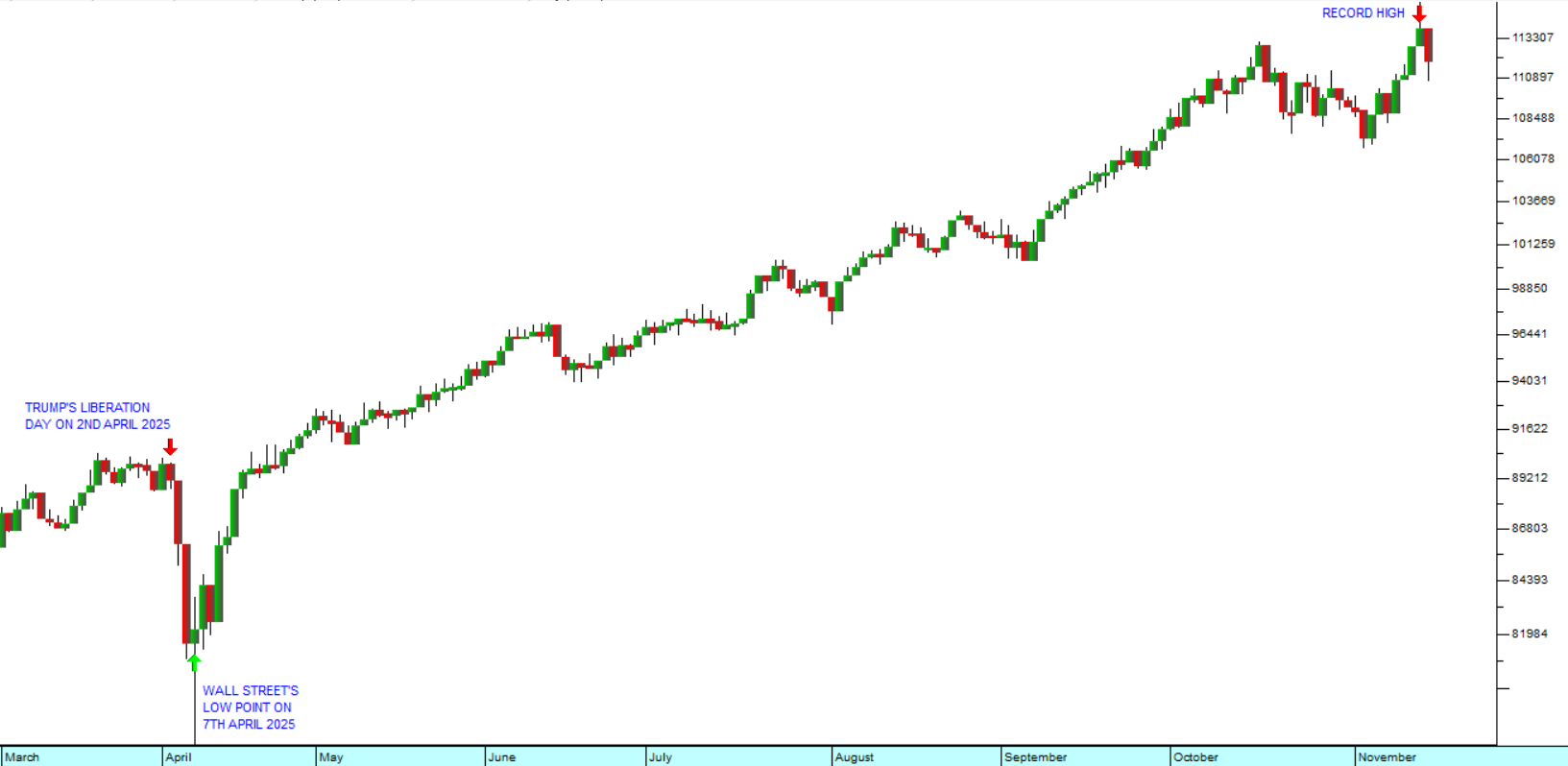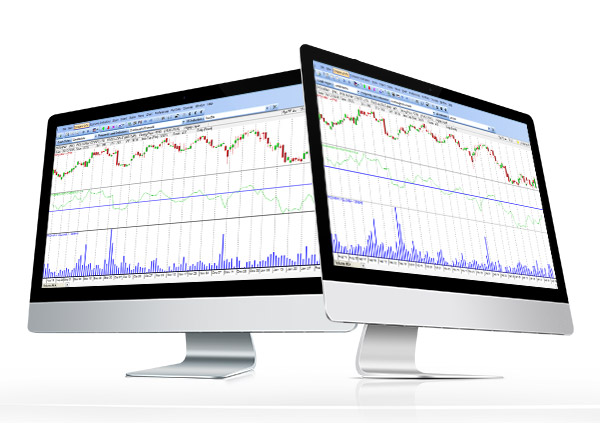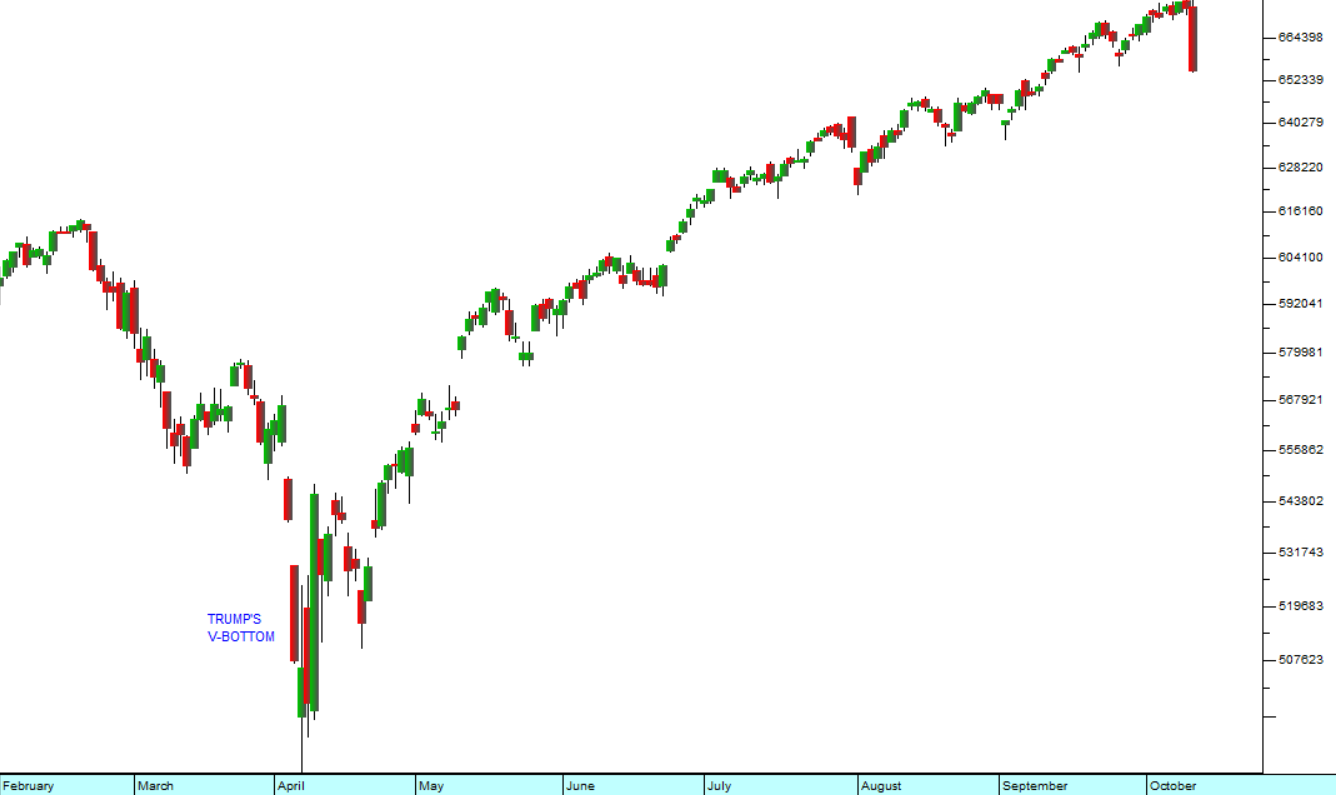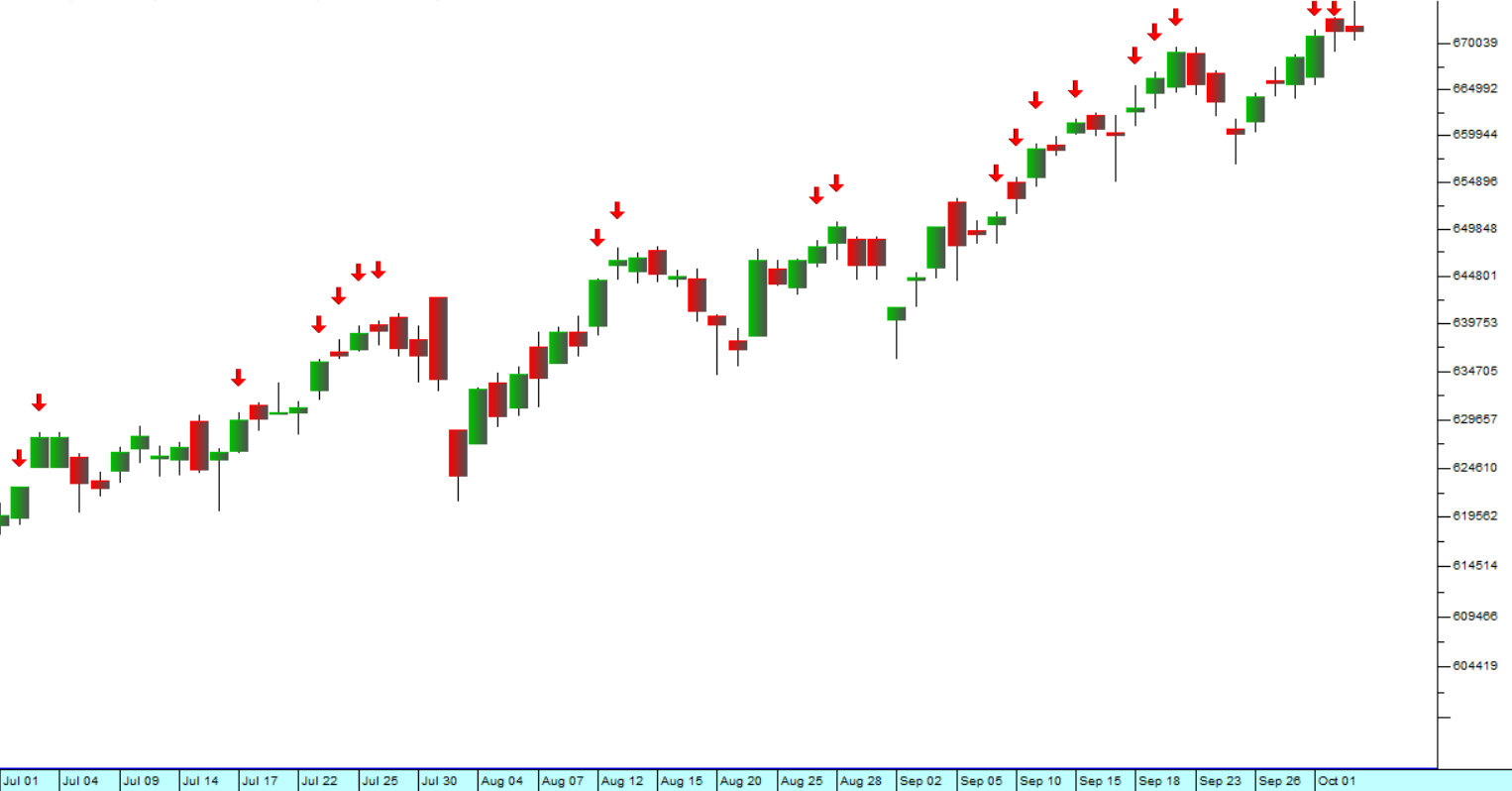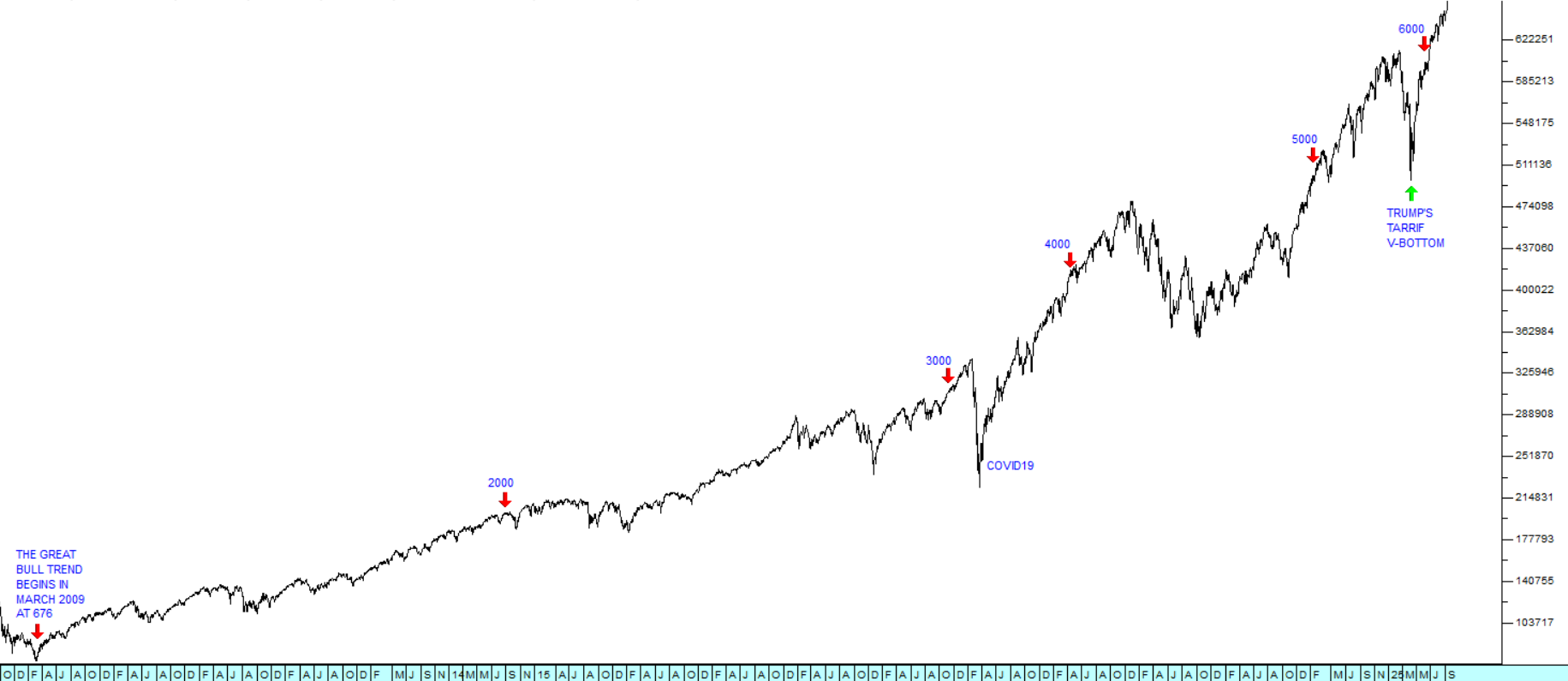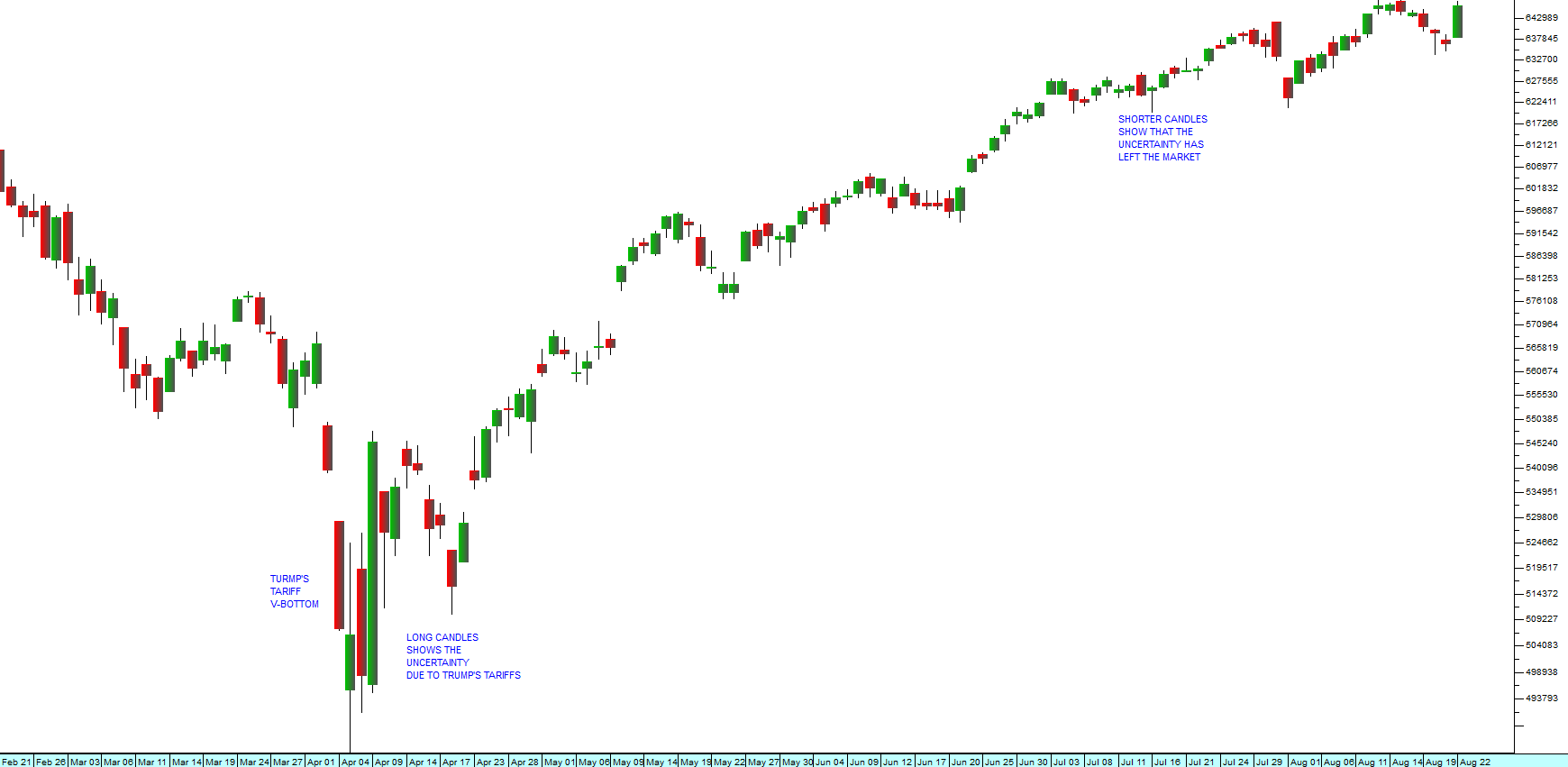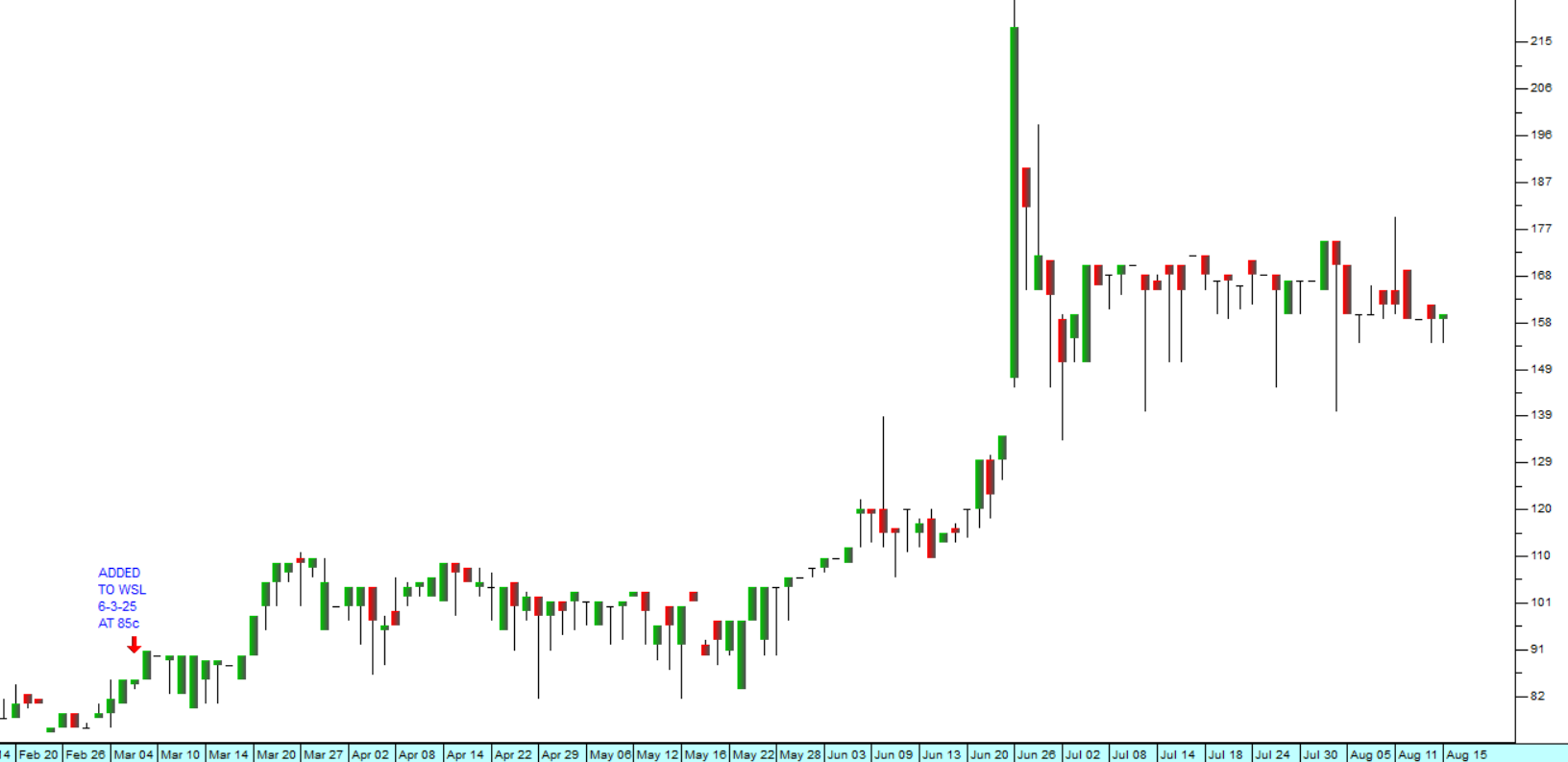New Listings
22 September 2025 By PDSNETTwo new companies, ASP Isotopes and Greencoat Renewables, have recently come to the JSE. Both are developing companies that have recently made losses and have been funding those losses by raising capital and selling assets. They both have substantial “blue sky” potential but also carry substantial investment risk. This is probably truer of ASP Isotopes than Greencoat Renewables. In our view they both represent opportunities to capitalise on the major shifts taking place in energy and technology which have become a feature of markets around the world.
ASP Isotopes (ISO) listed on the JSE on 28th August 2025 as a “...development stage advanced materials company dedicated to the development of technology and processes that, if successful, will allow for the enrichment of natural isotopes into higher concentration products, which could be used in several industries.”
ASP produces and sells such rare and esoteric substances as ytterbium 176 and silicon 28. Ytterbium176 is a radiopharmaceutical used in the treatment of prostate cancer. It has been said that every man will eventually get prostate cancer if he lives long enough. Brachytherapy and radiation using radioactive isotopes have made prostate cancer one of the lowest risk forms of cancer in recent years.
Silicon 28 is used in quantum computing and next generation semi-conductors. This highly enriched form of silicon is critical for producing high-performance microchips and nanowires, as well as for developing quantum computing technologies. Clearly, this is an area of massive potential growth.
ASP is working on producing a number of other radioactive isotopes which have commercial application such as carbon 14, zinc 68 and Xenon 129/136 (also used in healthcare). There seem to be a large number of isotopes with significant commercial applications that ASP could exploit.
This is a company that is at a very early stage of development where it is still making losses and funding those losses by raising capital mostly by selling shares. The Company incurred net losses of $83.6 million and $15.8 million for the six months ended June 30, 2025, and 2024, respectively.
At the end of the first day’s trade on the JSE the company had a market capitalisation of R36,7bn. At one point on Wednesday 3rd September 2025, the share reached an intraday high of R1500 per share. Since then, after some profit-taking and stagging, the share has settled down to a more market-related and sustainable price of R163.20.
We see this as a risky, but potentially exciting investment.
Greencoat Renewables (GRP) is taking advantage of Europe’s rapid progress towards carbon neutrality by 2050. It has 40 renewable energy installations producing more than 1,5 gigawatts of power in 5 European countries. 97% of their production comes from onshore and offshore wind energy with 55% in Ireland, 22% in Germany, 10% in Sweden, 8% in France and 3% in Spain.
In its interim financials for the six months to 30th June 2025 the company reported a loss per share of 6,11c compared with a profit of 3,04c in the previous period. The company “...agreed the disposal of a portfolio of Irish assets for €156 million in the period representing a 4% premium to last reported book value with proceeds allocated to debt repayment.”
Clearly, this is a loss-making start-up, but it is already paying dividends and has been “...deleveraging through NAV-accretive disposals.” It came to the market on 10th June 2025 at 1850c and has fallen to 1492c – where it appears to have found some support. Volumes traded have been increasing and on average there are R4,6m worth of shares changing hands every day – indicating active institutional involvement.
Recently the company has been benefiting from the rising demand to power new artificial intelligence (AI) installations as well as the European Union’s renewed commitment to achieve a 90% reduction in carbon emissions by 2040 with a binding target of 42,5% of energy derived from renewables by 2030.
In our view, both of these companies are attractive, but it would be wise to wait until they have established technical trends before investigating further. Notably neither one is yet on the Winning Shares List (WSL) – but we are watching them both closely.
DISCLAIMER
All information and data contained within the PDSnet Articles is for informational purposes only. PDSnet makes no representations as to the accuracy, completeness, suitability, or validity, of any information, and shall not be liable for any errors, omissions, or any losses, injuries, or damages arising from its display or use. Information in the PDSnet Articles are based on the author’s opinion and experience and should not be considered professional financial investment advice. The ideas and strategies should never be used without first assessing your own personal and financial situation, or without consulting a financial professional. Thoughts and opinions will also change from time to time as more information is accumulated. PDSnet reserves the right to delete any comment or opinion for any reason.
Share this article:
